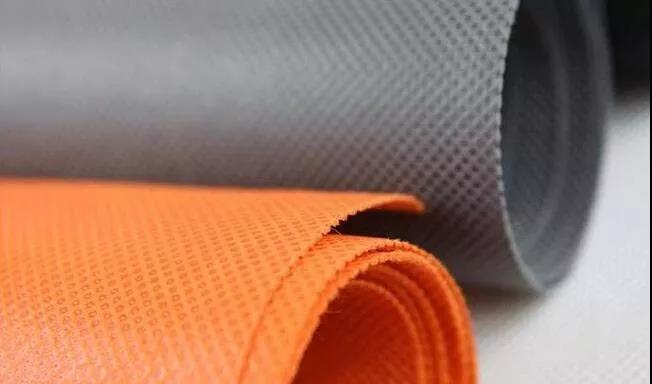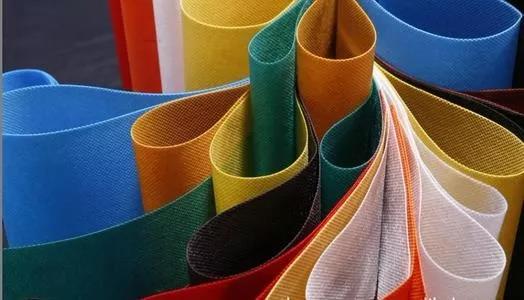Non-woven scientific name: Nonwovens (Nonwovens), also known as nonwovens, nonwovens, nonwovens, and nonwovens. Non-woven technology is a material processing technology that originates from textile, but surpasses textile.

Classification of non-woven fabrics
1. Classification according to production process:
1. Spunlace non-woven fabric:
The high-pressure fine water jet is sprayed onto one or more layers of fiber meshes to make the fibers entangle with each other, so that the fiber meshes are strengthened and have a certain strength.
2. Heat-sealed non-woven fabric:
Refers to adding fibrous or powdery hot-melt adhesive reinforcement materials to the fiber web, and then heating, melting, and cooling to strengthen the fiber web into a cloth.
3. Pulp airlaid non-woven fabric:
It can also be called dust-free paper, dry paper-making non-woven fabric. It uses the air-laid technology to open the wood pulp fiber board into a single fiber state, and then uses the air-flow method to condense the fibers on the screen-forming curtain, and the fiber web is then consolidated into a cloth.
4. Wet non-woven fabric:
The fiber raw materials placed in the aqueous medium are opened into single fibers, and at the same time, different fiber raw materials are mixed to form a fiber suspension slurry, and the suspension slurry is transported to the web forming mechanism, and the fibers are netted in a wet state and then consolidated into a cloth.
5. Spunbond non-woven fabric:
After the polymer has been extruded and stretched to form continuous filaments, the filaments are laid into a web, and the web is then self-bonded, thermally bonded, chemically bonded or mechanically strengthened to make the web non-woven cloth.
6. Meltblown non-woven fabric:
Its technological process: polymer feeding → melt extrusion → fiber formation → fiber cooling → web formation → reinforcement into cloth.
7. Needle-punched non-woven fabric:
A kind of dry non-woven fabric. Needle-punched non-woven fabric is to use the puncture effect of the needle to strengthen the fluffy web into a cloth.
8. Stitched non-woven fabric:
A kind of dry non-woven fabric. The stitch-bonding method is to use the warp-knitted coil structure to reinforce the web, yarn layer, non-woven material (such as plastic sheet, plastic thin metal foil, etc.) or their combination to produce Into a non-woven fabric.

2. Classification according to usage:
1. Medical and sanitary non-woven fabrics:
Surgical gowns, protective clothing, sterilization wraps, masks, diapers, civilian rags, wiping cloths, wet wipes, magic towels, soft towel rolls, beauty supplies, sanitary napkins, sanitary pads and disposable sanitary cloths, etc .;
2. Non-woven fabric for home decoration:
Wall stickers, tablecloths, bed sheets, bed covers, etc .;
3. Non-woven fabric for clothing:
Lining, adhesive lining, flakes, shaped cotton, various synthetic leather base fabrics, etc .;
4. Industrial non-woven fabric:
Filter materials, insulation materials, cement packaging bags, geotextiles, covering cloth, etc .;
5. Non-woven fabric for agriculture:
Crop protection cloth, nursery cloth, irrigation cloth, thermal insulation curtain, etc .;
6. Other non-woven fabrics:
Space cotton, thermal insulation and sound insulation materials, linoleum, cigarette filter, tea bags, etc.